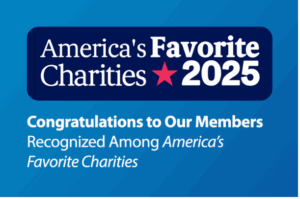Sarah Ford | April 21, 2015
Telling Others That You or a Loved One has Alzheimer’s Disease
There are two scenes in the movie “Still Alice” when Alice or her husband is suddenly confronted with questions about her behavior. The first happened after she went out running, lost track of time, and he could not contact her to remind her of their planned dinner with friends. By the time she returned home, they were already late. The second scene was with her own department chair about the student evaluations she received for the previous semester. With none of the evaluations at her previous levels, Alice was faced with suddenly admitting she had early-onset Alzheimer’s disease. Once she did, everything was clear to her department chair. With the news out, and with her own realization her teaching abilities were no longer meeting her personal standard, her career took a dramatic turn. She ceased teaching and turned her courses over to colleagues in the department. Her long career, the one she so loved, was finished. She was 50 years old.
The scenes depict some of the many choices one has to make when diagnosed with Alzheimer’s. For the one diagnosed, when is the right time to reveal the diagnosis to friends, neighbors, and colleagues? When is the right time for family members to reveal a loved one’s diagnosis?

Get Resources and Insights Straight To Your Inbox
Explore More Articles
Congratulations to Our Members Recognized Among America’s Favorite Charities
Each year, The Chronicle of Philanthropy releases its list of America’s Favorite Charities—the 100 nonprofits that raise the most from individual donors, foundations, and corporate…
Read ArticleThe Future of Corporate Giving: How Nonprofits Can Prepare
Corporate giving is a valuable part of the nonprofit funding ecosystem. Companies large and small have incorporated philanthropic efforts into their overall business plans, from…
Read ArticleJoin Us at the Workplace Fundraising & Volunteering Summit!
We’re excited to announce that America’s Charities President, Jim Starr, and Board Member, Fernando Lorence of JP Morgan Chase, will be speaking at the Workplace…
Read ArticleGet Resources and Insights Straight To Your Inbox
Receive our monthly/bi-monthly newsletter filled with information about causes, nonprofit impact, and topics important for corporate social responsibility and employee engagement professionals, including disaster response, workplace giving, matching gifts, employee assistance funds, volunteering, scholarship award program management, grantmaking, and other philanthropic initiatives.




